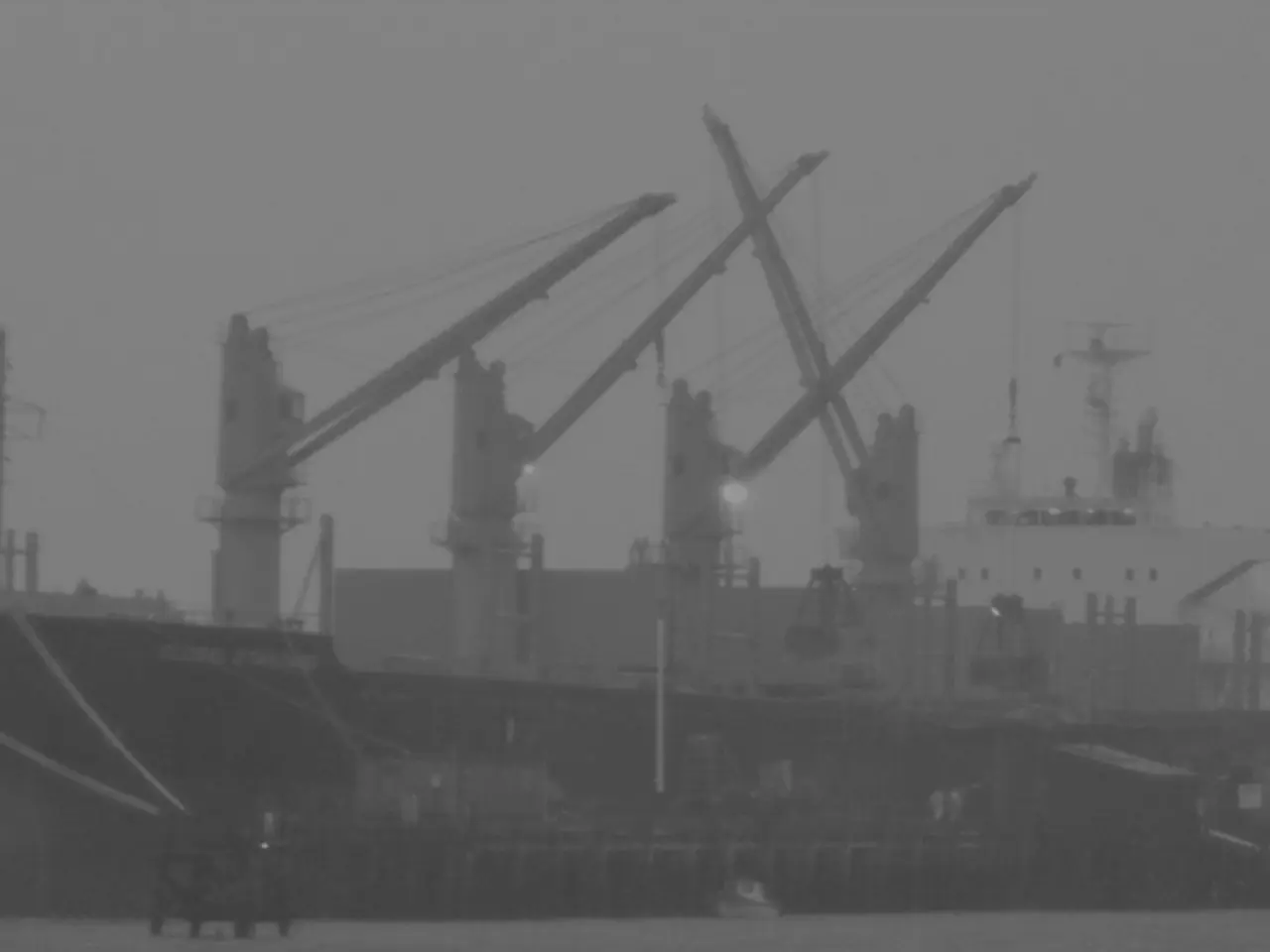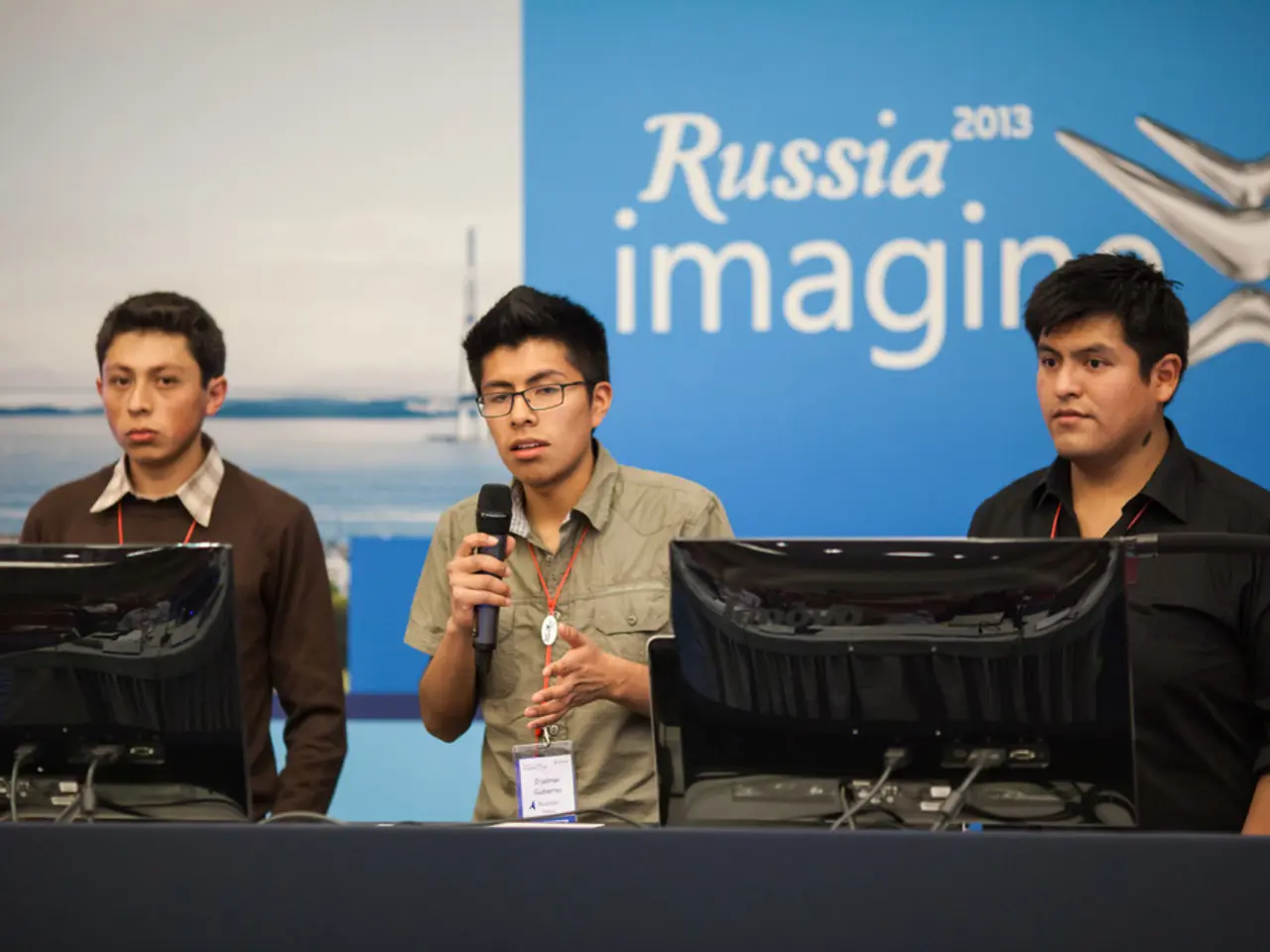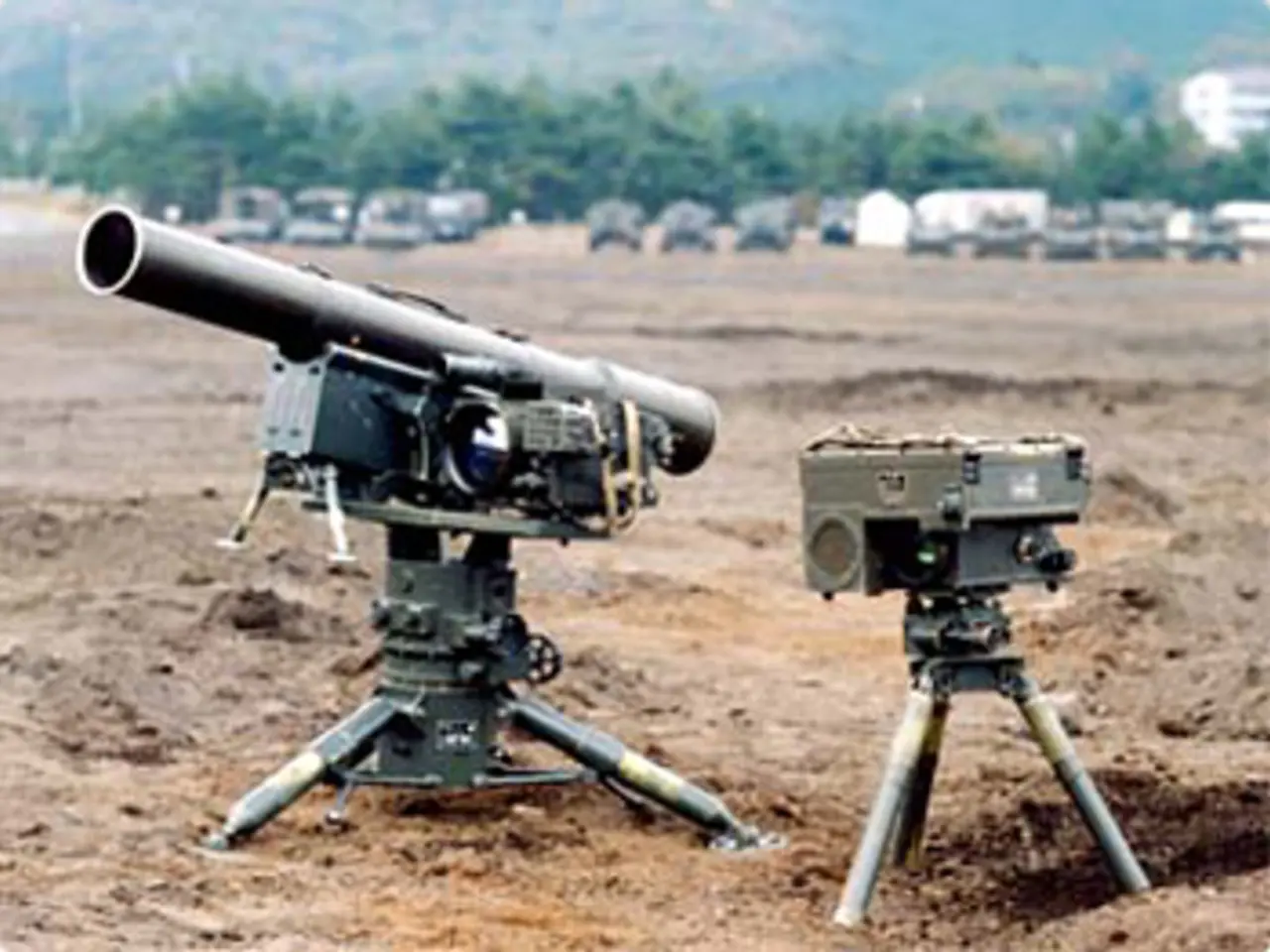Philippine and Indian navies commence initial joint patrols in the South China Sea
India and the Philippines Conduct First-ever Joint Naval Patrol in the South China Sea
In a significant strategic move, Indian and Philippine warships have commenced a joint naval patrol in the South China Sea. This marks the first-ever collaboration between the two nations in the contested waters, specifically in the West Philippine Sea, which is the Philippines' exclusive economic zone under the United Nations Convention on the Law of the Sea (UNCLOS)[1][2][4].
This joint patrol serves to strengthen bilateral military cooperation, focusing on combined maneuvers, communication, and preparedness to enhance mutual trust and operational synergy in maritime security[1][2]. The patrol is widely interpreted as a pushback against China's frequent harassment of Philippine vessels, including blocking resupply missions to Philippine outposts in the South China Sea[1][3].
The patrol underscores India's and the Philippines' commitment to uphold maritime rules and freedom of navigation in international waters[2][4]. This move aligns with broader Indo-Pacific dynamics involving major powers like the U.S., reflecting India's intent to play a more assertive role in regional maritime security alongside partners like the Philippines[4].
During the joint patrol, the Indian Navy's guided missile destroyer INS Delhi and three other Indian warships are participating[2]. The current activity during the patrol is replenishment at sea[3].
China, which claims nearly the entirety of the South China Sea, has been on high alert but has so far monitored the joint patrol without direct confrontation or interference, shadowing the warships with several vessels without escalating incidents[2][3]. The Chinese government views the involvement of an external naval power like India in the South China Sea dispute as a complicating factor and a challenge to its claim over nearly the entire sea[3].
Senior Colonel Tian Junli, spokesperson of the Chinese military's Southern Theater Command, stated that the joint patrol undermines regional peace and stability[2].
Meanwhile, President Ferdinand Marcos is on a state visit to New Delhi, where he praised the two countries' "steadfastness in upholding international maritime law, including the UNCLOS" before departing for India[2]. Evangeline Ong Jimenez-Ducrocq, foreign affairs assistant secretary, mentioned potential defence agreements during Marcos' visit to India[3].
In summary, the Indian-Philippine joint patrol symbolizes a deepening security partnership and a united stand for freedom of navigation and adherence to international law against increasing Chinese assertiveness in the South China Sea. China’s cautious but vigilant response highlights the sensitivities and potential for future tensions in this strategically vital maritime region[1][2][3][4].
[1] AFP. (2023, March 20). India, Philippines Hold Joint Naval Patrol in South China Sea. Retrieved from https://www.aljazeera.com/news/2023/3/20/india-philippines-hold-joint-naval-patrol-in-south-china-sea
[2] Reuters. (2023, March 20). India, Philippines Hold Joint Naval Patrol in South China Sea. Retrieved from https://www.reuters.com/world/asia-pacific/india-philippines-hold-joint-naval-patrol-south-china-sea-2023-03-20/
[3] CNN Philippines. (2023, March 20). INS Delhi, 3 Other Indian Warships Join Joint Patrol with PH Navy. Retrieved from https://cnnphilippines.com/news/2023/3/20/INS-Delhi-3-other-Indian-warships-join-joint-patrol-with-PH-Navy.html
[4] The Diplomat. (2023, March 20). India and the Philippines Hold Joint Naval Patrol in the South China Sea. Retrieved from https://thediplomat.com/2023/03/india-and-the-philippines-hold-joint-naval-patrol-in-the-south-china-sea/
- This joint naval patrol between India and the Philippines could potentially impact the career trajectory of naval officers involved, as they gain valuable experience in complex international diplomacy and real-world military operations.
- The joint patrol in the South China Sea is not only significant for general news, but also for technology, as both Indian and Philippine warships may be equipped with advanced systems to ensure smooth communication and coordination during the operation.
- Meanwhile, the political implications of this joint patrol extend beyond the South China Sea, as it may influence regional alliances and partnerships in the global arena, impacting the future of business and commerce between nations.
- As sports and culture often serve as means to foster understanding and collaboration, it could be fascinating to see if this joint naval patrol leads to greater cultural exchange or sports diplomacy between India and the Philippines in the future, further strengthening their bonds.








